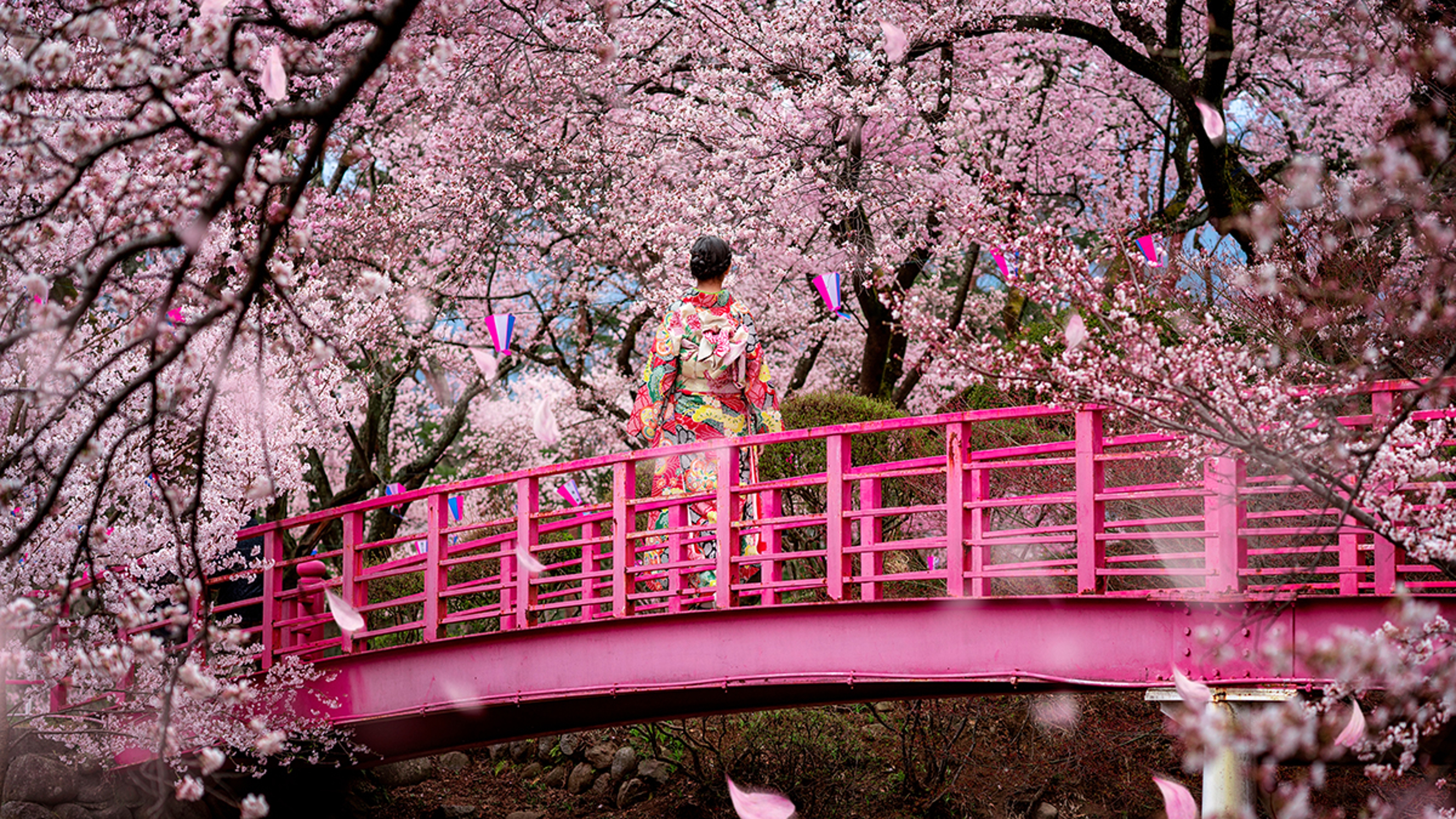National Flowers Broken Down By Country
Did you know that most countries have a national flower? Learn about your national, or province's, flower and impress your friends!
Dec 11, 2015
Though we may speak different languages and eat different foods, one thing that we all have in common is the fact that our countries are proudly represented by one of nature’s most beautiful features — flowers. Do you know which bloom belongs to you and your culture? In today’s history lesson, we’re covering 24 countries and their corresponding flower(s) to give you a better idea of the current pairings.
Germany
Cornflowers, a beautiful blue-violet bloom, is the national flower for Germany. Why? Most notably, it was chosen sometime in the 19th century due to its stunning color! History says that if you weren’t married, you would wear this flower to let others know of your current marital status.
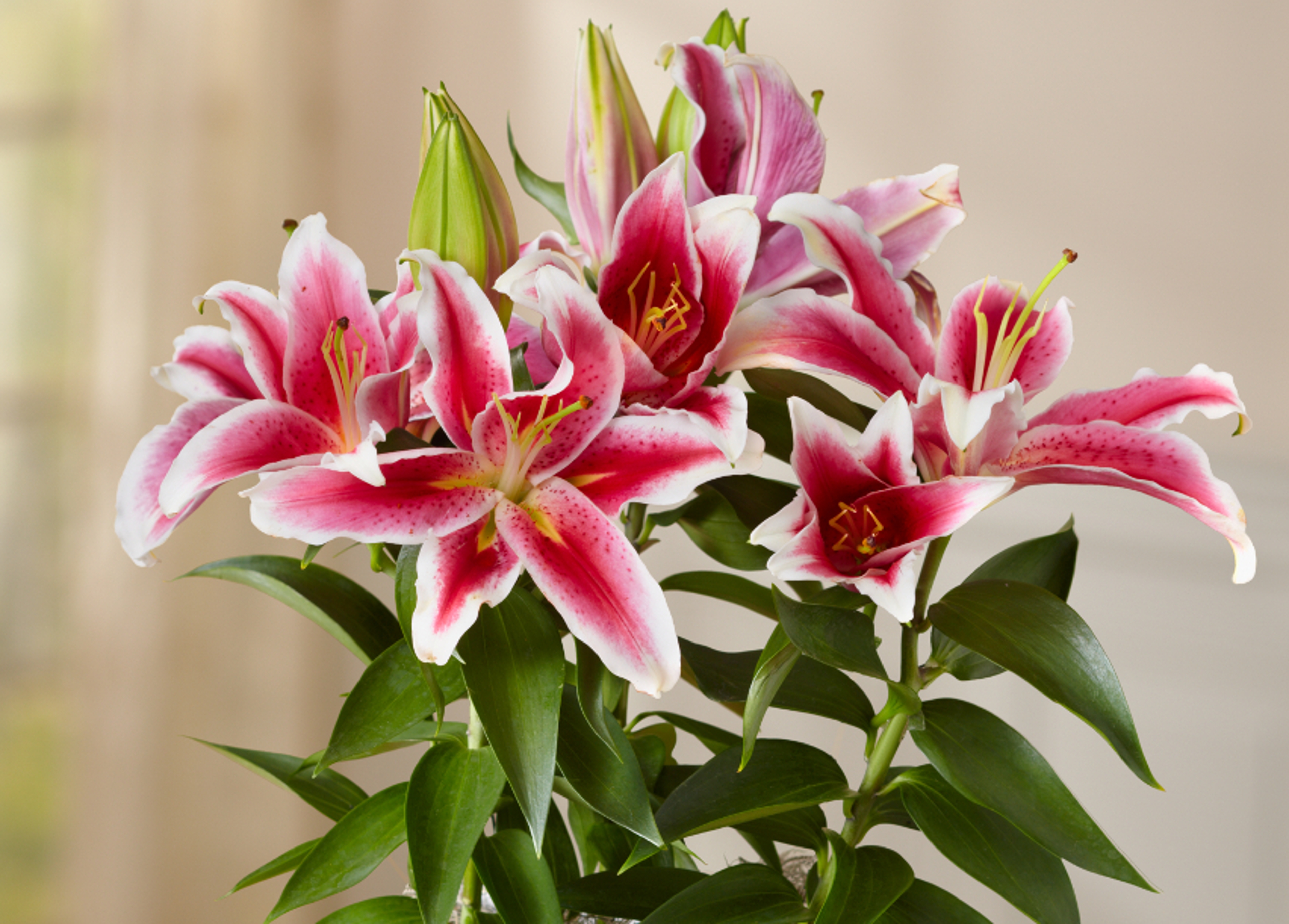
Italy
The beautiful lily is the national flower for this beautiful country. This certainly isn’t surprising, though, considering that the lily represents beauty to begin with.
Philippines
The national flower of the Philippines is the sampaguita. Named the national flower back in 1934, this flower has been used in cultural songs and stories for many, many years, and is said to symbolize characteristics like purity and strength.
Mexico
Dahlia, a flower native to Mexico, is the national flower of this particular country. At one point, the tubers from this bloom were even grown as a crop by the Aztec community.
Brazil
Brazil’s national flower is tecoma chrysostricha. However, the corsage orchid (or cattleya labiata) is also known to represent the Brazilian nationality.
Japan
While they may not be considered the official national flowers of Japan, the chrysanthemum and cherry blossom have unofficially been named as such. Since the chrysanthemum has long been used to represent the imperial family, some may argue that this bloom should take the reigns as number one.
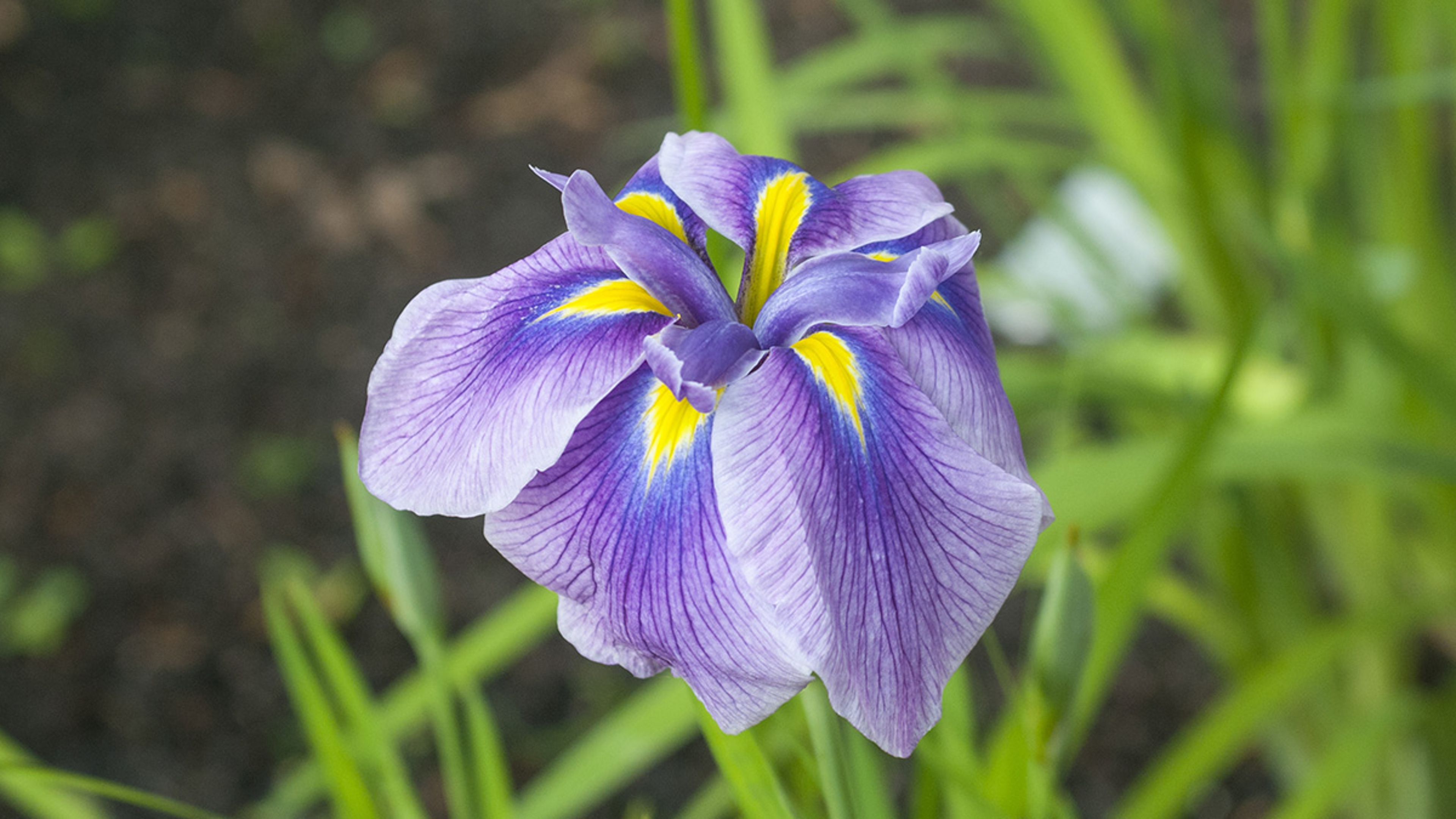
France
Iris, a three-petal beauty, is the national flower for France. It has been used to represent French royalty and the French monarchy.
India
Also known to hold religious significance, the lotus is India’s national flower. It is sometimes referred to by different names, such as Indian lotus and sacred lotus. Regardless of what you call it, it is incredibly sacred for those of this nationality.
Ireland
We bet you could guess this one — the shamrock is Ireland’s national flower. A three-leafed plant, the shamrock comes from an old tale of St. Patrick (it is said that he used its unique design to explain the trinity).
China
The peony has been the national flower of China since 1903, though plum blossoms are also a favorite.
Australia
Australia is florally represented by the golden wattle. Sometimes viewed as a small tree, the wattle is one of the more popular plants found in Australia and represents the spirit of its population. Additionally, it is represents unity.
Hong Kong
The bauhinia blakeana is the national flower of Hong Kong, named as such just a little over a decade ago. A visual of it is displayed on Hong Kong’s national flag.
Jamaica
Jamaica’s national flower is the lignum vitae. Primarily found on the north and south coasts of this country, this plant offers beautiful blue flowers as well as fruit.
Dominican Republic
The Dominican Republic chose the bayahibe rose as its national flower. Before that, though, the distinction belonged to the flower of the caoba (mahogany tree).
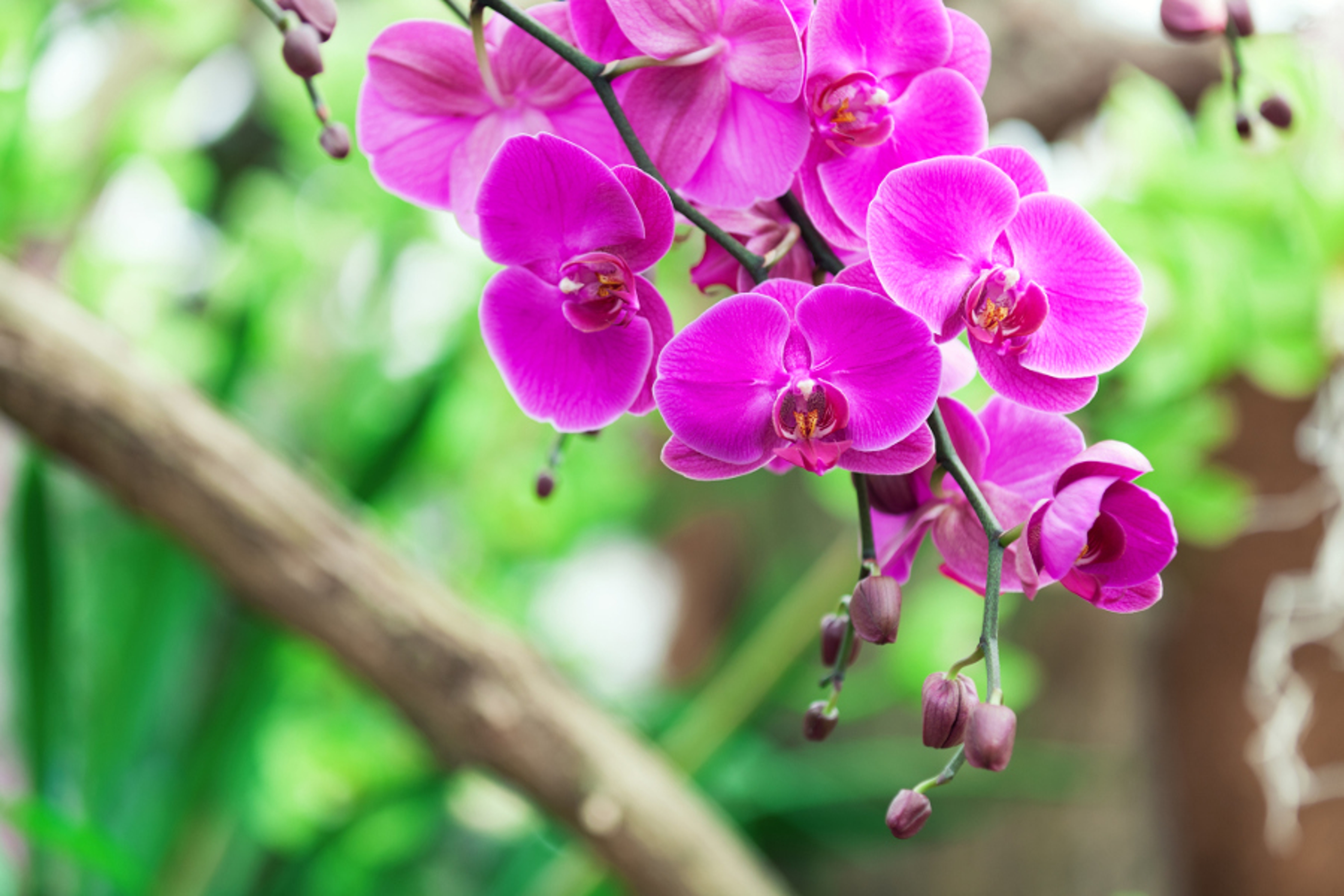
Singapore
The orchid, and, more specifically, the Vanda Miss Joaquim, was established in 1981 as Singapore’s national flower. This particular type of orchid represents resilience, and was chosen to aid in boosting national pride and identity.
Israel
In 2014, the anemones was chosen as Israel’s national flower. This particular flower was elected to represent the country over the cyclamen and the purple iris in honor of SPNI’s 60th anniversary.
Denmark
The marguerite daisy, which, botanically speaking, is known as argyranthemum frutescens, is the national flower of Denmark. However, others such as the red clover and English holly are also considered symbolic.
Austria
Edelwiss, also known as leontopodium alpinum, is one of the most well-known European mountain flowers AND Austria’s national flower. Classified as perennials, these flowers appear on Austrian coins.
Greece
Greece is represented by beautiful purple violets. However, laurel and bear’s breech are pretty common too.
Argentina
Erythrina, also known as ceibo, is the national flower of Argentina. This red beauty has represented the country since the early 1940s and is considered one of South America’s trees.
Norway
Norway is represented by the purple heather. Purple heathers, more often or not, are considered wild species.
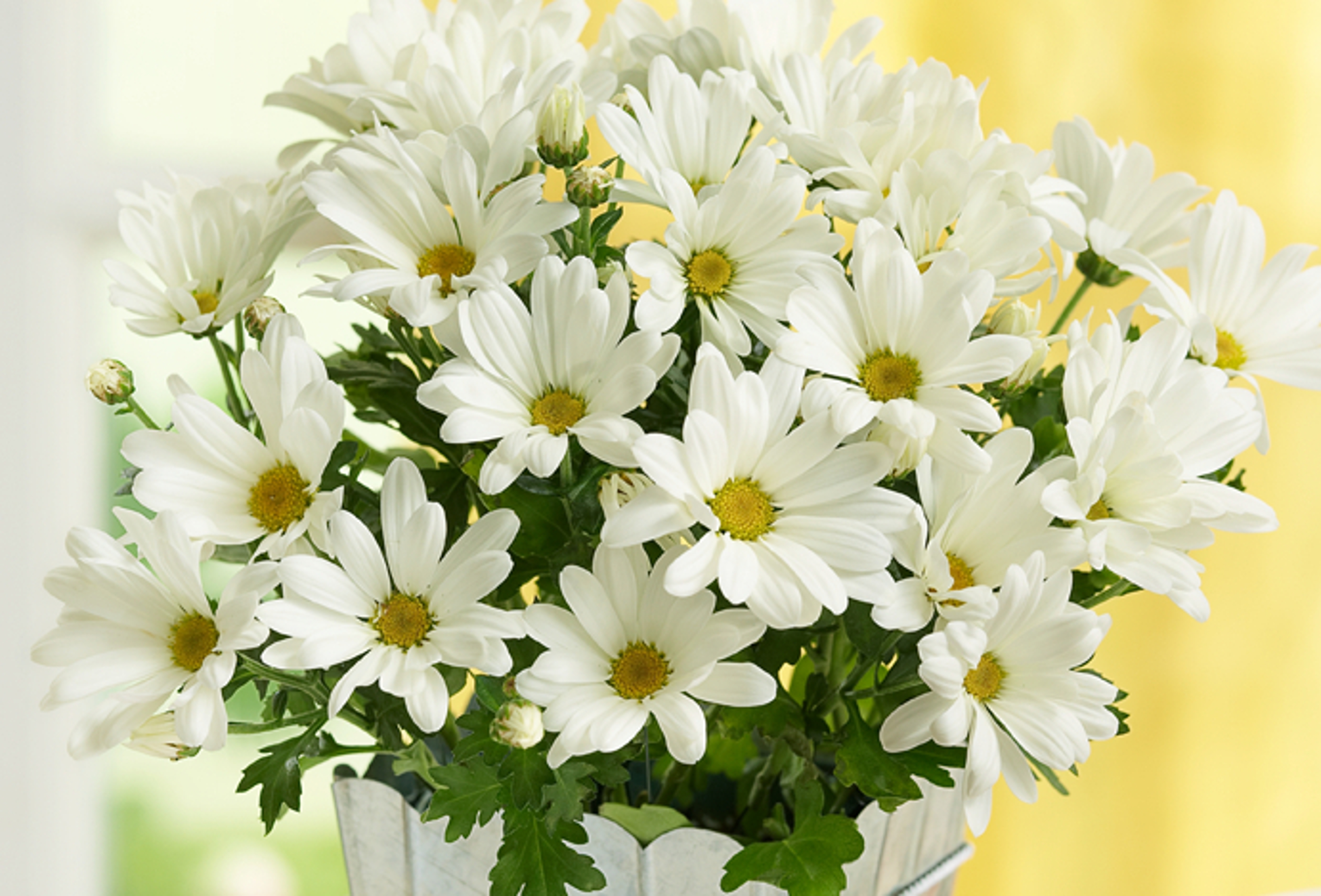
Sweden
Like Japan, Sweden does not have an official national flower. However, if it did, it would be the linnea borealis. Broken down by province, some national flowers include:
- Blekinge - English oak/Pedunculate oak/French oak and mullein
- Bohuslan - Honeysuckle
- Dalarna - Harebell and spreading bellflower
- Dalsland - Water forget-me-not
- Gotland - Common ivy or English ivy
- Gastrikland - Lily of the valley
- Halland - Hairy greenweed, Vancouver gold, gold flash broom
- Halsingland - Flax plant
- Harjedalen - Viola biflora and pulsatilla vernalis
- Jamtland - Nigritella nigra
- Lappland - Mountain avens, white dryas, white dryad
- Medelpad - Norway spruce/European spruce, and the globe flower
- Norbotten - Akerbar
- Narke - Gullviva
- Skane - Common daisy, oxeye daisy, dog daisy, moon daisy
- Sodermanland - European white waterlily, white lotus, or nenuphar
- Uppland - Snake’s head, chess flower, leper lily, checkered lily
- Varmland - Artic starflower or chickweed wintergreen
- Vasterbotten - Pedicularis sceptrum-carolinum
- Vastergotland - Common heather, heather, or ling
- Vastmanland - Mistletoe
- Angermanland - Viola tricolor
- Oland - Helianthemum oelandicum
- Ostergotland - Bachelor’s button, bluebottle, cornflower, boutonniere flower, hurtsickle, cyani flower
Canada
Canada doesn’t have a national flower; rather, each province has its own. They are:
- Alberta - Wild rose
- British Columbia - Dogwood tree
- Manitoba - Prairie crocus
- New Brunswick - Purple violet
- Newfoundland and Labrador - Pitcher plant
- Nova Scotia - Mayflower
- Ontario - White trillium
- Prince Edward Island - Lady’s slipper
- Quebec - Blue flag
- Saskatchewan - Prairie lily
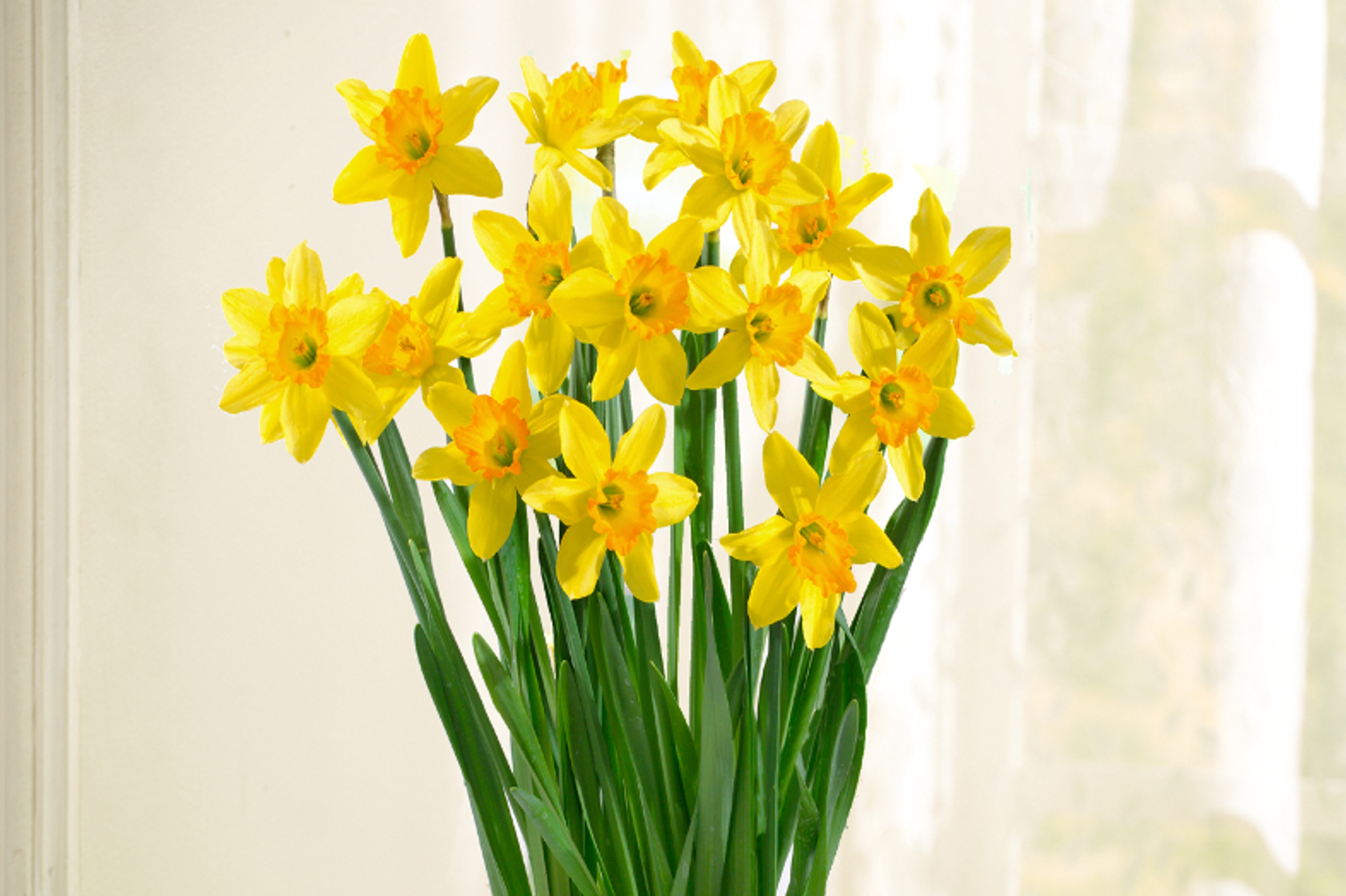
United Kingdom
Similar to Canada, the UK as a whole does not have a national flower, but each country within it is does.
- England - Rose
- Scotland - Thistle
- Wales - Daffodil
- Northern Ireland - Shamrock


